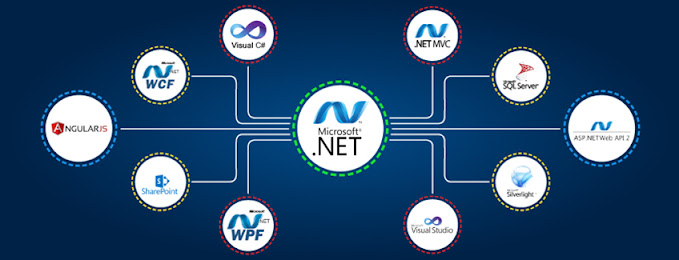How to Optimize Costs for AI App Development in 2025?
In today's fast-evolving technological landscape, leveraging AI/ML development services has become a cornerstone for businesses looking to stay competitive. However, the cost of AI app development can be a significant investment, making it crucial to adopt strategies that optimize expenses without compromising quality or performance.
1. Define Clear Objectives and Requirements
Start with a precise blueprint of your project goals. Establishing clear objectives helps streamline the development process and reduces unnecessary revisions. Outline specific requirements, desired features, and performance benchmarks to keep the team focused and avoid scope creep.
2. Leverage Pre-Built AI Software Development Services
Instead of building models and frameworks from scratch, utilize pre-built AI software development services. Many providers offer customizable solutions that can be tailored to your specific needs, significantly reducing development time and costs. Reusable code libraries and APIs further speed up integration and deployment.
3. Embrace Open-Source Tools and Frameworks
Open-source tools like TensorFlow, PyTorch, and Scikit-learn offer robust functionality without the high costs associated with proprietary solutions. Active communities widely support these tools, ensuring continuous improvements and updates. Incorporating open-source frameworks into your AI app development strategy can dramatically cut expenses.
4. Opt for Cloud-Based Machine Learning Development Services
Cloud computing platforms provide scalable and cost-effective infrastructure for AI app development. Services like AWS Sage Maker, Google AI Platform, and Microsoft Azure AI eliminate the need for costly hardware investments. With pay-as-you-go pricing models, businesses can optimize costs by paying only for what they use.
5. Outsource Non-Core Development Tasks
Outsourcing non-core activities, such as data labeling and model training, to specialized service providers can save time and money. External vendors often offer competitive pricing and expertise, allowing your in-house team to focus on critical components of development.
6. Implement Agile Development Practices
Agile methodologies promote iterative development and continuous feedback, minimizing costly errors and rework. Breaking down the project into manageable sprints ensures timely delivery while allowing adjustments to be made early in the process, saving both time and money.
7. Prioritize Model Optimization and Efficiency
Invest in optimizing machine learning models to enhance performance without excessive resource consumption. Techniques like model pruning, quantization, and transfer learning can improve efficiency, reducing computational and storage costs.
8. Focus on Testing and Quality Assurance
Testing early and often prevents costly fixes later in the development cycle. Automated testing tools can accelerate this process while ensuring the application meets quality standards. Robust quality assurance minimizes errors, leading to lower maintenance costs post-launch.
9. Monitor and Optimize Post-Deployment Performance
Cost optimization doesn’t end after deployment. Continuous monitoring of AI app performance helps identify inefficiencies and areas for improvement. Leveraging AI-based monitoring tools ensures proactive issue resolution and resource optimization.
10. Evaluate Long-Term ROI
Finally, evaluate the return on investment by analyzing cost savings, revenue growth, and operational improvements achieved through the AI app. This data provides insights into future enhancements and investment strategies.
By incorporating these strategies, businesses can make the most of AI/ML development services while controlling costs. Leveraging AI software development services and machine learning development services efficiently ensures your organization remains agile, competitive, and prepared for the future.



.png)
Comments
Post a Comment